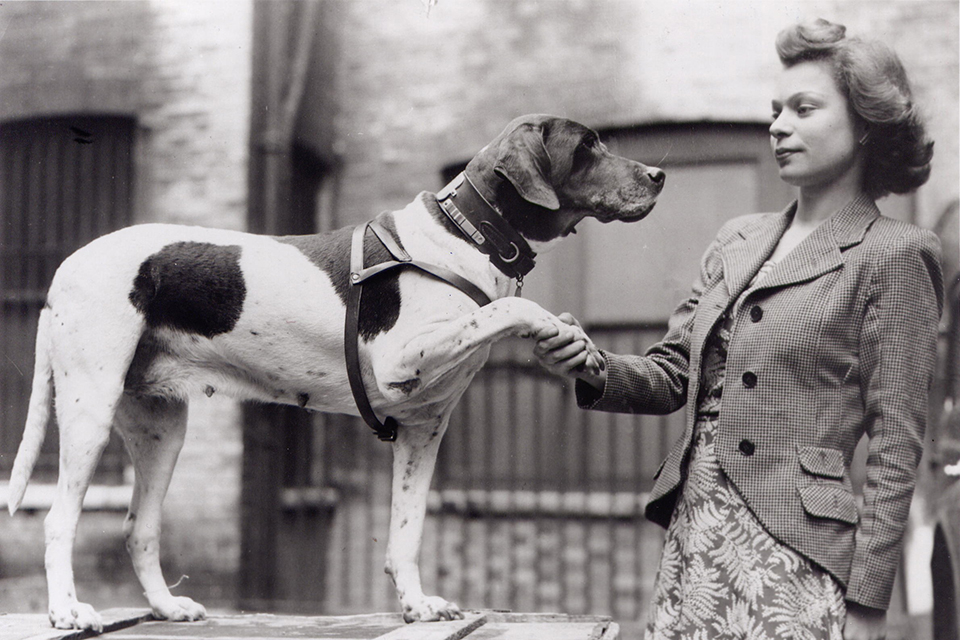Important Information About Vitamin D!
|
Vitamin D prevents osteoporosis, depression, prostate cancer, breast cancer,and even effects diabetes and obesity.
Vitamin D is perhaps the single most underrated nutrient in the world of nutrition. That's probably because it's free: your body makes it when sunlight touches your skin.
1. Vitamin D is produced by your skin in response to exposure to ultraviolet radiation from natural sunlight.
2. The healing rays of natural sunlight (that generate vitamin D in your skin) cannot penetrate glass. So you don't generate vitamin D when sitting in your car or home.
3. It is nearly impossible to get adequate amounts of vitamin D from your diet. Sunlight exposure is the only reliable way to generate vitamin D in your own body.
4. A person would have to drink ten tall glasses of vitamin D fortified milk each day just to get minimum levels of vitamin D into their diet.
5. The further you live from the equator, the longer exposure you need to the sun in order to generate vitamin D. Canada, the UK and most U.S. States are far from the equator.
6. People with dark skin pigmentation may need 20 - 30 times as much exposure to sunlight as fair-skinned people to generate the same amount of vitamin D. That's why prostate cancer is epidemic among black men - it's a simple, but widespread, sunlight deficiency.
7. Sufficient levels of vitamin D are crucial for calcium absorption in your intestines. Without sufficient vitamin D, your body cannot absorb calcium, rendering calcium supplements useless.
8. Chronic vitamin D deficiency cannot be reversed overnight: it takes months of vitamin D supplementation and sunlight exposure to rebuild the body's bones and nervous system.
9. Even weak sunscreens (SPF=8) block your body's ability to generate vitamin D by 95%. This is how sunscreen products actually cause disease -by creating a critical vitamin deficiency in the body.
10. It is impossible to generate too much vitamin D in your body from sunlight exposure: your body will self-regulate and only generate what it needs.
11. If it hurts to press firmly on your sternum, you may be suffering from chronic vitamin D deficiency right now.
13. Having kidney disease or liver damage can greatly impair your body's ability to activate circulating vitamin D.
14. The sunscreen industry doesn't want you to know that your body actually needs sunlight exposure because that realization would mean lower sales of sunscreen products.
15. Even though vitamin D is one of the most powerful healing chemicals in your body, your body makes it absolutely free. No prescription required.
On the issue of sunlight exposure, by the way, it turns out that super antioxidants greatly boost your body's ability to handle sunlight without burning. Astaxanthin is one of the most powerful "internal sunscreens" and can allow you to stay under the sun twice as long without burning.
Other powerful antioxidants with this ability include the super fruits like Acai, Pomegranates (POM Wonderful juice), blueberries, etc.
* Sufficient vitamin D prevents prostate cancer, breast cancer, ovarian cancer, depression, colon cancer and schizophrenia.
* Vitamin D deficiency may exacerbate type 2 diabetes and impair insulin production in the pancreas.
* Obesity impairs vitamin D utilization in the body, meaning obese people need twice as much vitamin D.
* Seasonal Affective Disorder is caused by a melatonin imbalance initiated by lack of exposure to sunlight.
* Chronic vitamin D deficiency is often misdiagnosed as fibromyalgia because its symptoms are so similar: muscle weakness, aches and pains.
* Your risk of developing serious diseases like diabetes and cancer is reduced 50% - 80% through simple, sensible exposure to natural sunlight 2-3 times each week.
* Infants who receive vitamin D supplementation (2000 units daily) have an 80% reduced risk of developing type 1 diabetes over the next twenty years.
* 76% of pregnant mothers are severely vitamin D deficient, causing widespread vitamin D deficiencies in their unborn children, which predisposes them to type 1 diabetes, arthritis, multiple sclerosis and schizophrenia later in life. 81% of the children born to these mothers were deficient.
|


![Judy receiving her PDSA Dickin Medal in 1946 [Credit: PDSA]](https://assets.digital.cabinet-office.gov.uk/government/uploads/system/uploads/image_data/file/41956/Judy_Govuk_-_Prisoner_of_War_81A_Medan_receiving_her_PDSA_Dickin_Medal_from_Viscount_Tarbat__President_of_the_Returned_Prisoner_of_War_Association_-_London_May_1946.jpg)